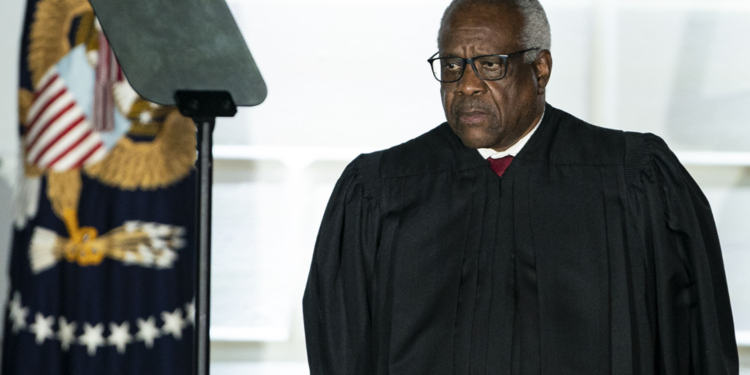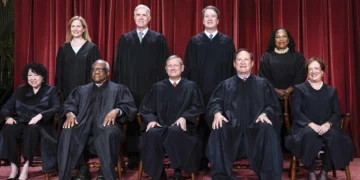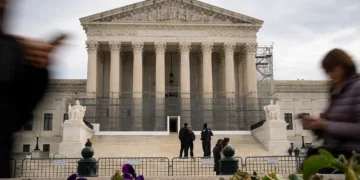Supreme Court Justice Clarence Thomas (Photo by Jonathan Newton / The Washington Post via Getty Images)
May 24, 2024 Story by: Publisher
WASHINGTON – Supreme Court Justice Clarence Thomas recently criticized aspects of the landmark Brown v. Board of Education rulings that declared racial segregation in schools illegal, arguing that the judiciary should not decide on the discriminatory nature of congressional maps against Black people.
This criticism came just a week after the 70th anniversary of the historic case.
Thomas asserted that the Supreme Court adopted an overly expansive interpretation of equitable remedies when it instructed schools in 1955 on how to comply with the original 1954 decision.
Such measures may have been necessary to address the widespread resistance from schools at the time, Thomas wrote. However, he argued that these actions lack support from the Constitution and the nation’s “history and tradition.”
Federal courts, he contended, do not possess “the flexible power to invent whatever new remedies may seem useful at the time.”
In the context of electoral maps, Thomas argued that courts should not intervene to determine if they are unfairly drawn to discriminate against Black people.
The court’s conservative majority recently dismissed a challenge to a South Carolina district alleged by a civil rights group to have been designed to reduce the influence of Black voters.
Thomas concurred with this decision but separately contended that courts lack constitutional authority to intervene. He criticized the second Brown v. Board of Education decision, which aimed to enforce the initial ruling, for initiating such “extravagant uses of judicial power.”
Thomas has expressed similar views in the past. In a 1995 concurring opinion, he stated that the “extraordinary remedial measures” approved by the court due to its frustration with the slow pace of desegregation and schools’ lack of good-faith efforts should have been temporary and solely used to overcome widespread resistance to constitutional mandates. Source: USA Today
















